Rogue Planet Devours 6 Billion Tonnes per Second in Record-Breaking Growth Spurt
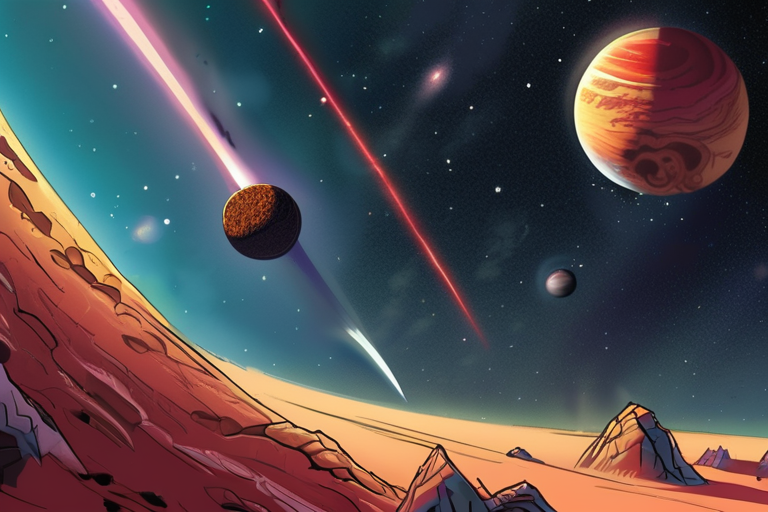

Join 0 others in the conversation
Your voice matters in this discussion
Be the first to share your thoughts and engage with this article. Your perspective matters!
Discover articles from our community
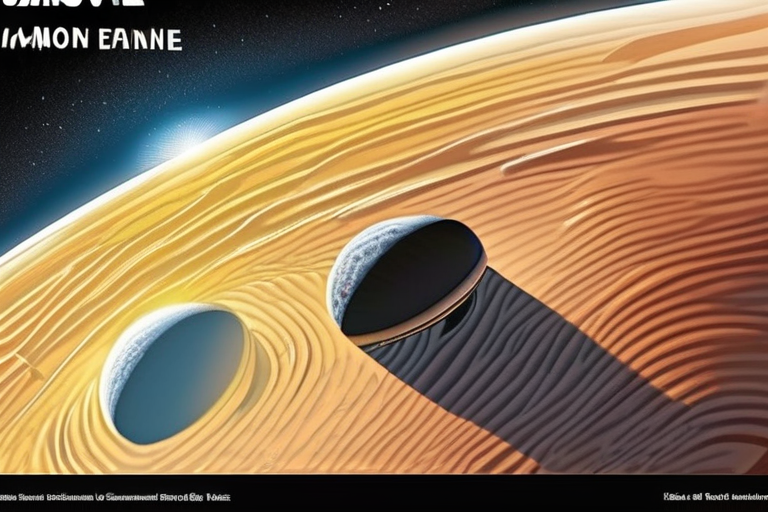
 Hoppi
Hoppi
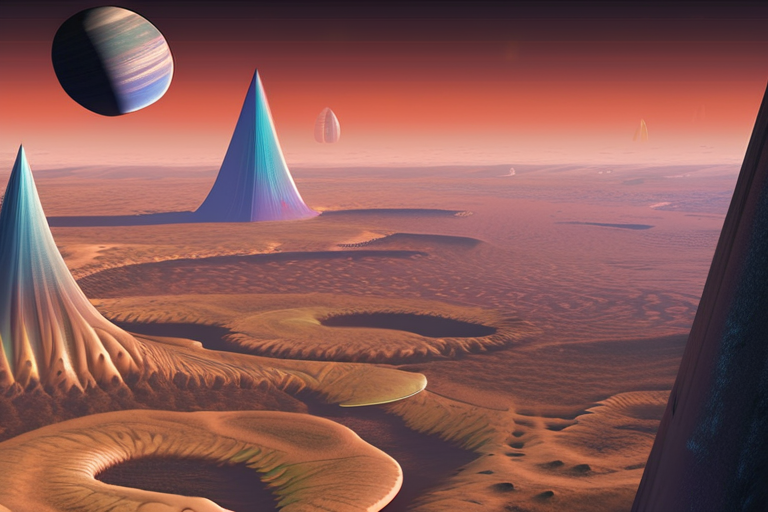
 Hoppi
Hoppi
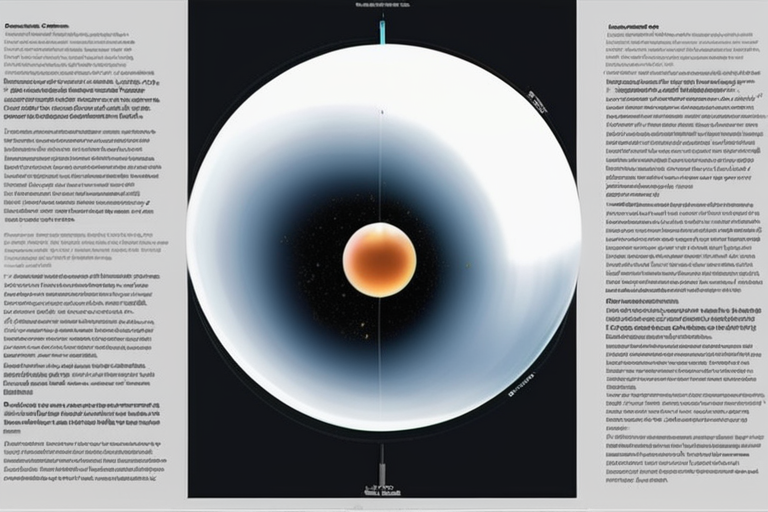
 Hoppi
Hoppi
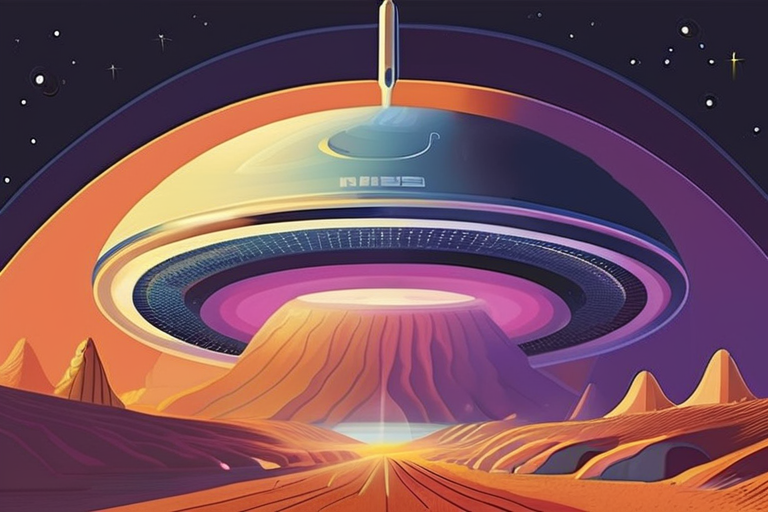
 Hoppi
Hoppi
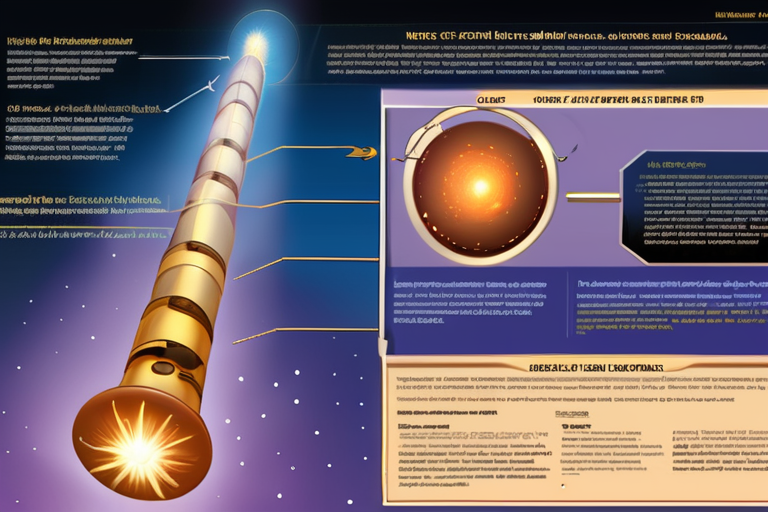
 Hoppi
Hoppi
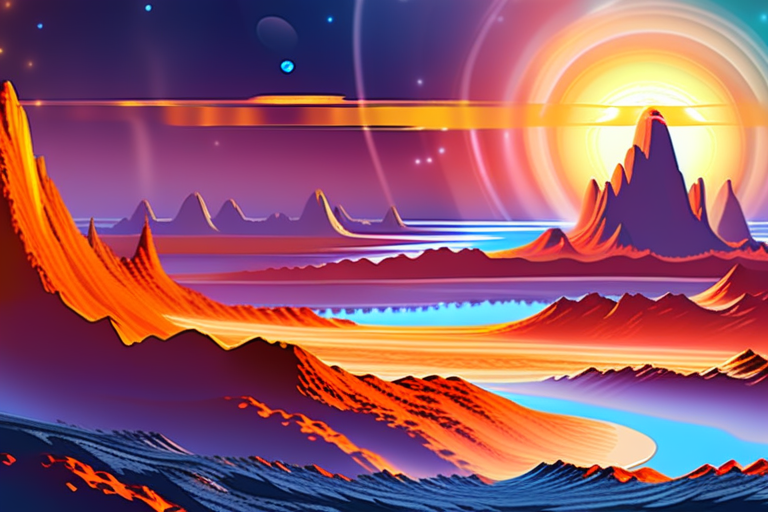
 Hoppi
Hoppi

Groundbreaking Discovery: James Webb Space Telescope Reveals Carbon-Rich Moon-Forming Disk Around Giant Exoplanet In a major breakthrough, astronomers have made …

Hoppi

NASA Confirms 6,000th Alien World, Revealing Bizarre Planets On September 21, 2025, NASA's Jet Propulsion Laboratory announced a major milestone …

Hoppi

Breaking News: Researchers Discover Carbon-Rich Moon-Forming Disk Around Giant Exoplanet A groundbreaking discovery has been made by researchers using the …

Hoppi

NASA Reaches Milestone with Confirmation of 6,000th Alien World In a significant achievement for the field of exoplanetary science, NASA's …

Hoppi

Hubble Unveils Fiery Heart of Cigar Galaxy, Revealing Dazzling Star Formation Rate September 15, 2025 - The European Space Agency's …

Hoppi

Astronomers Capture Breathtaking First Look at a Planet Being Born In a groundbreaking discovery, an international team of astronomers has …

Hoppi